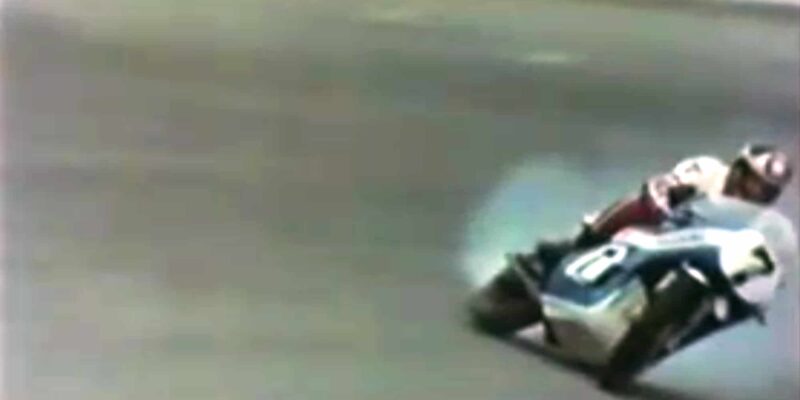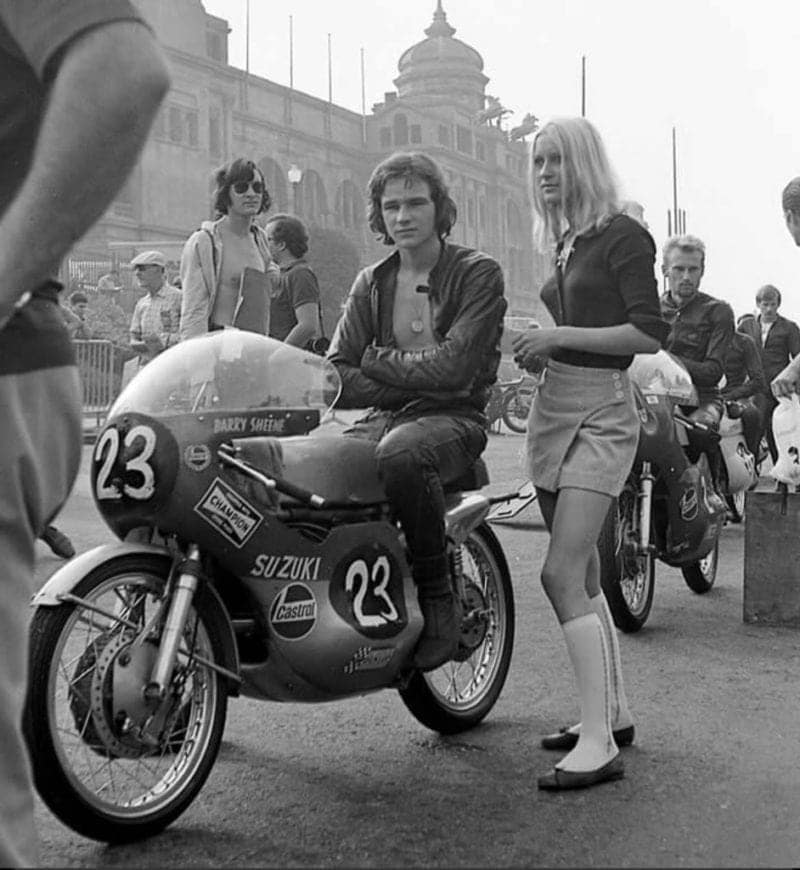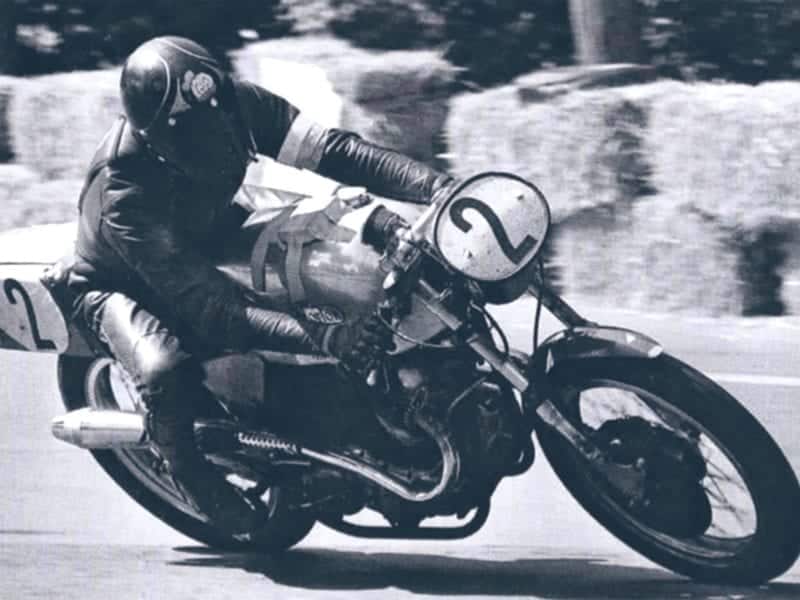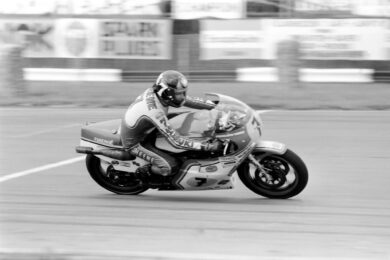“I was really scared – with Franco you had to be like a soldier,” Nieto told me a few years ago. “When I won my first world title in 1969 I was doing military service and I was told I had to meet Franco. I was so scared because I’d never seen a general in my life! The second time we met, he asked me if the battle [in the races] was so hard.”
Nieto was clear favourite to win the 125cc race at Montjuïc – the fans expected it and so did the Generalissimo.
However, Sheene’s speed in practice made people take notice. He was just half a second slower than Nieto (as tight as it got in those days), thanks to his raw talent, the speed of his RT67 twin (which was faster than Nieto’s single-cylinder Derbi) and his circuit knowledge.
Sheene and his dad weren’t stupid. In early July he had travelled to Barcelona to get some track time in the Montjuïc 24-hour race, sharing a Norton Commando with Pat Mahoney. The pair led for several hours but were sidelined when the Norton’s gearbox cried enough after 15 hours.

Sheene’s 1975 Daytona crash broke his body and broke him into the big time
ITV
In the early stages of the 125 Montjuïc race Sheene stalked Nieto and 1969 125 world champion Dave Simmonds, who was riding a Kawasaki twin similar to the RT67. When Sheene took the lead from Nieto the crowd fell silent, but national pride was saved, thanks to a mistake made by Sheene Senior. He had geared his son’s bike too low.
Nieto got back to the lead to win by eight seconds. Sheene completed his GP debut in second place, 40 seconds ahead of GP regular Bo Jansson, riding a Maico single.
“I had to keep shutting off the motor on the fastest parts of the circuit – otherwise I’m sure I could’ve won,” said Sheene, displaying the cockiness that would help turn him into bike racing’s biggest star.
After the race Derbi protested Sheene’s bike, claiming he had used a ten-speed gearbox, because by 1970 all GP bikes were limited to six gears. Scrutineers stripped the RT67, which did indeed have a six-speed gearbox, made for the Sheenes by a Dutch gearbox expert.



